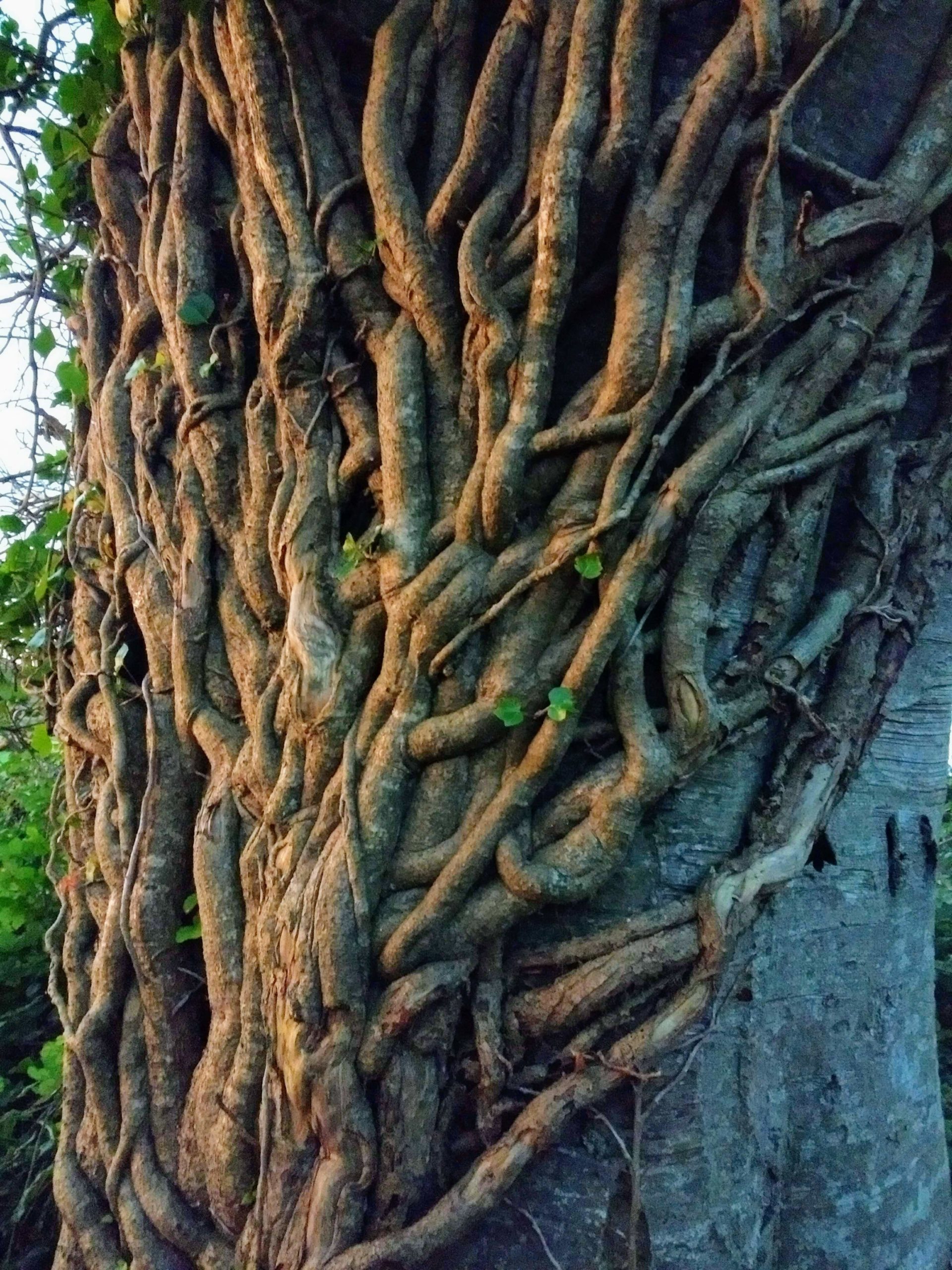
IF TREES COULD TALK...
...what would they say?
Would they give away that they are home and hiding place to the "wee folk"? The fairies and creatures that Irish legends and folklore is made of? Would they be able to tell the original tales that have been handed down and adapted by people from generation to generation instead? Who knows. I am going to lend my voice to the trees and give you a little insight into Ireland's mythology in which trees have always played a vital role.
Tree & Forest Photography © Sylvia & John Payne
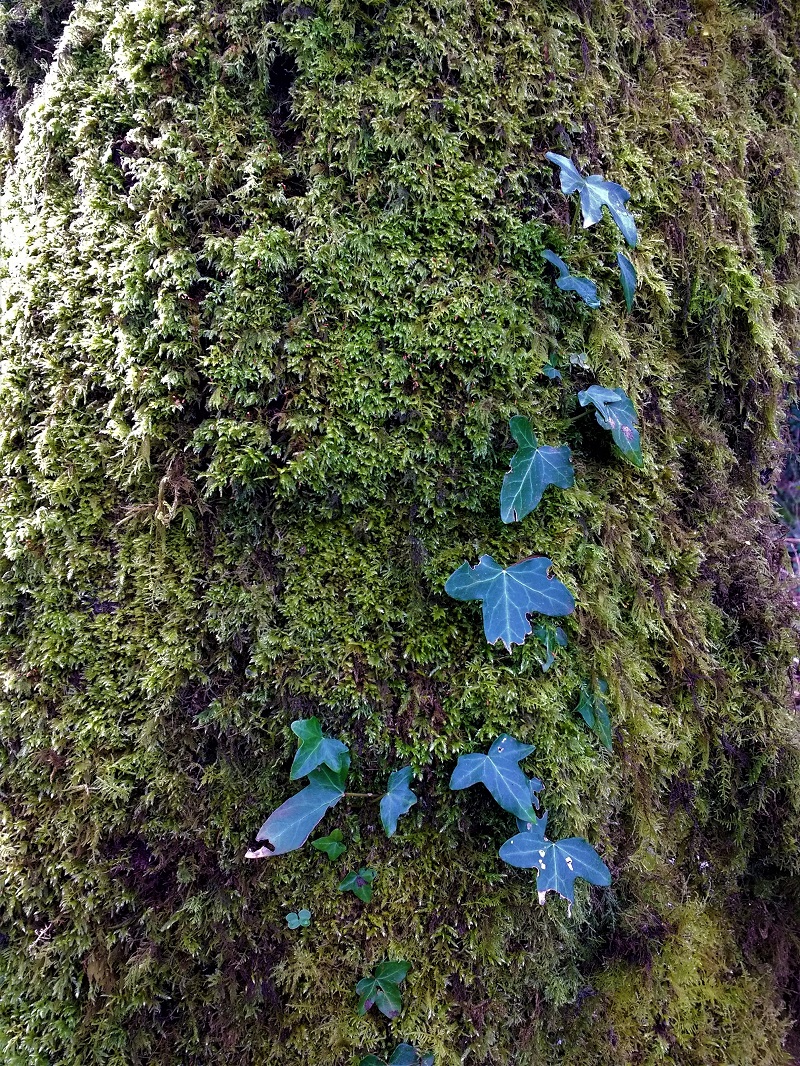
HEART OVER MIND
Before I do so, a few words why trees are vital to me (not just in a biological sense of course). If you had asked me a couple of years ago where I would like to live, I probably would have said by the sea. And in my head I still think 'by the sea' with lovely sandy beaches as it sounds like something people would say. Especially people like me, who didn't grow up anywhere near the sea. I actually do have it at my doorstep now, but that was more or less a coincidence. When I go by my emotions, my heart beats for the forest. For old, gnarly, mossy trees. Sun beams making their way through a canopy of green leaves. The smell of damp soil buffering the sound of your footsteps. I wouldn't call myself an outdoor or nature person, but my parents succeeded in making me a forest-lover.
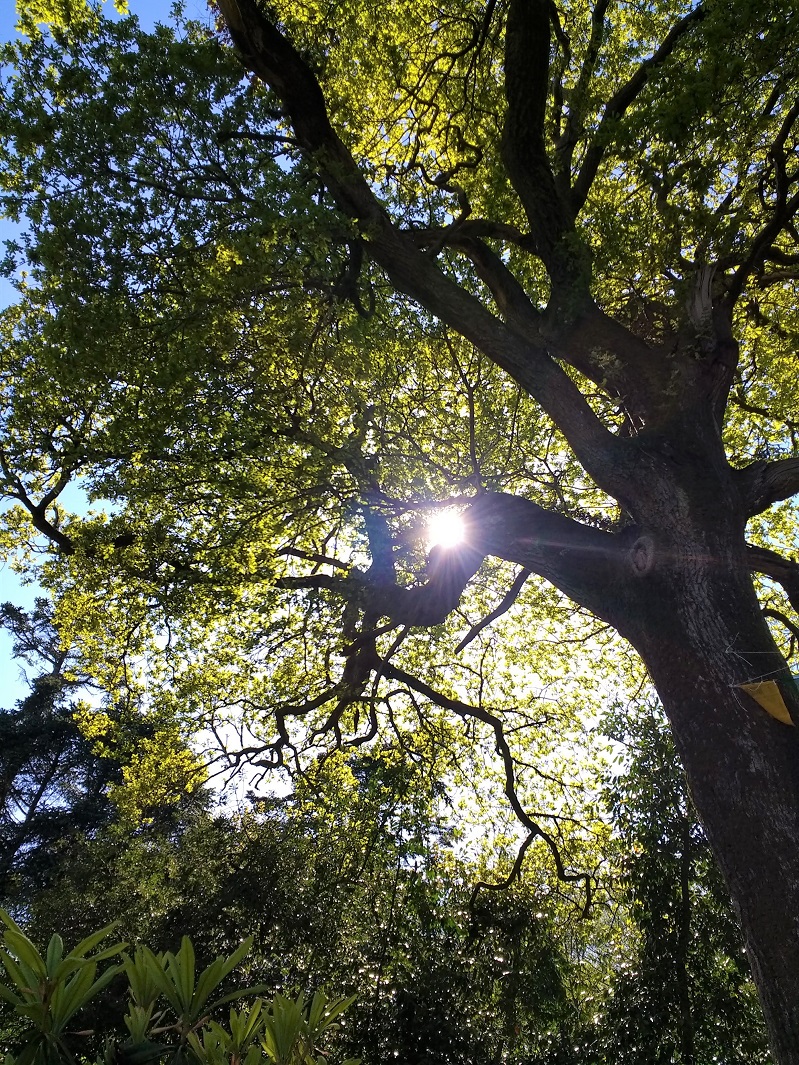
BORN IN THE WOODS
I feel that when you are young you always want to get away from what you have. So for a while I was crazy about being by the sea. Whereas when you get older you return to what you know and like. My name Sylvia means "born in the forest" which I was. My first year of life I spent living remotely with my family in a house on the edge of a forest. The next village was ca. 1.5 km away. The address was "By the Woods". Sounds adventurous, but obviously not something I consciously remember being only 1. However my mam keeps telling me that she used to walk me in the pram along the forest paths. Me looking up into the sky seeing the treetops flying past. She said I was taking it all in until I got too tired to keep my eyes open.
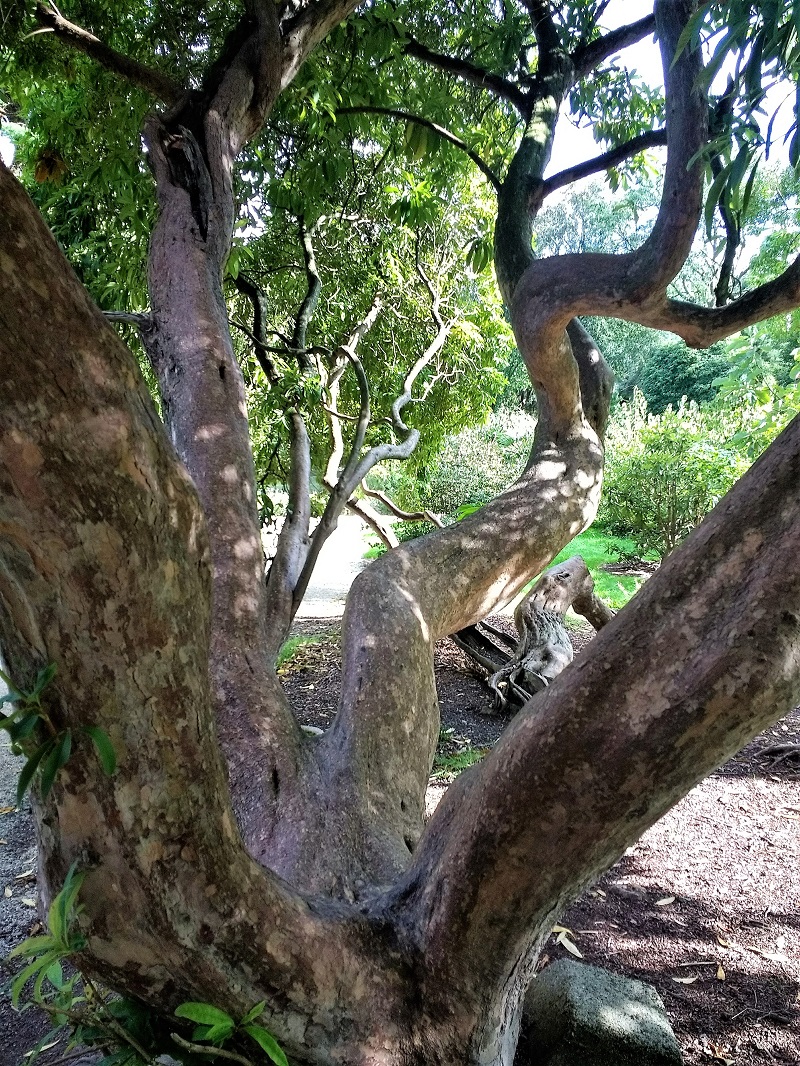
CHILDHOOD MEMORIES
We moved into a nearby town when I was a year old. Ever since I can remember we used to go back for family walks in the forest near our old house. Having grown up there, my mam had a very strong bond with the place and had gathered a lot of memories over the years. So did we even after we moved away. Like one winter when we brought the sleigh. My dad had the idea to tie it to the back of the car and we had the time of our lives dashing through the snow at such speed. For Easter my parents would hide little chocolate eggs in the grass along the way. Naive as we were my sister and I always brought them back to my parents to carry them for us. Not knowing that we were hunting the same Easter eggs over and over again.
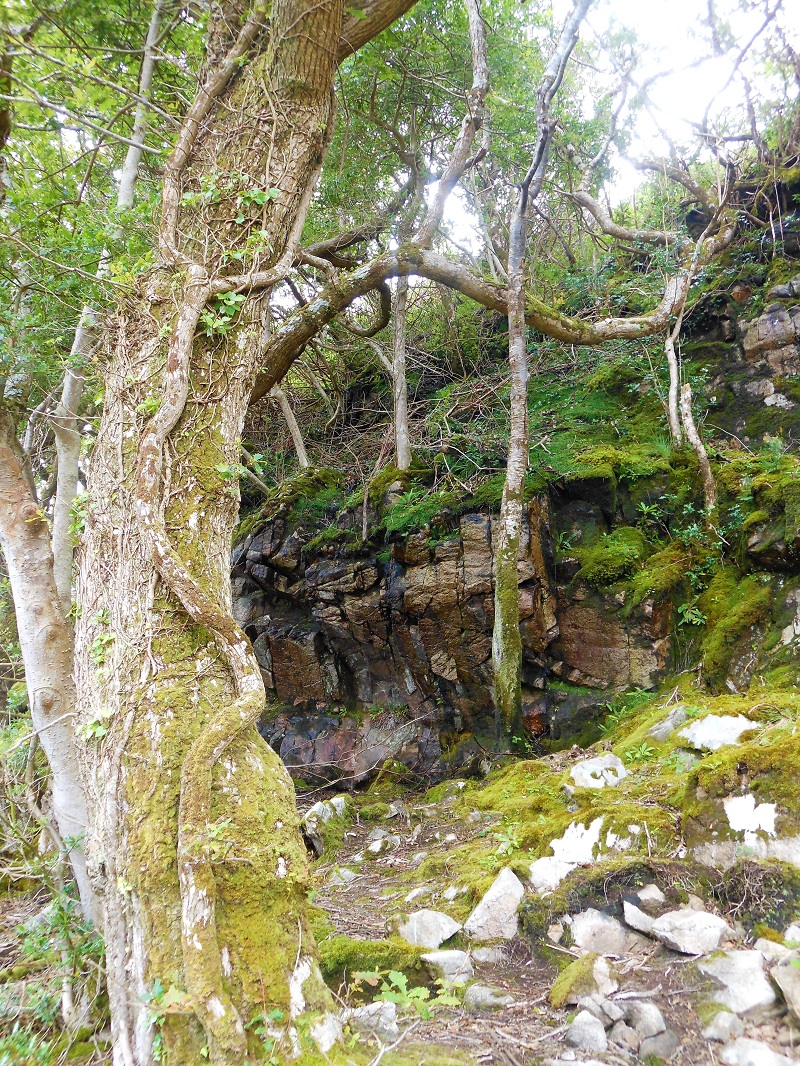
CONSISTENT
I have always enjoyed our family forest walks. Whilst I still joined them I would ridicule them as a teenager. Getting up after a late night to go for „fresh air“ wasn’t exactly a teenage dream. Anyway this forest in particular has been a constant in my life and maybe subconsciously instilled a positive response to trees in me.
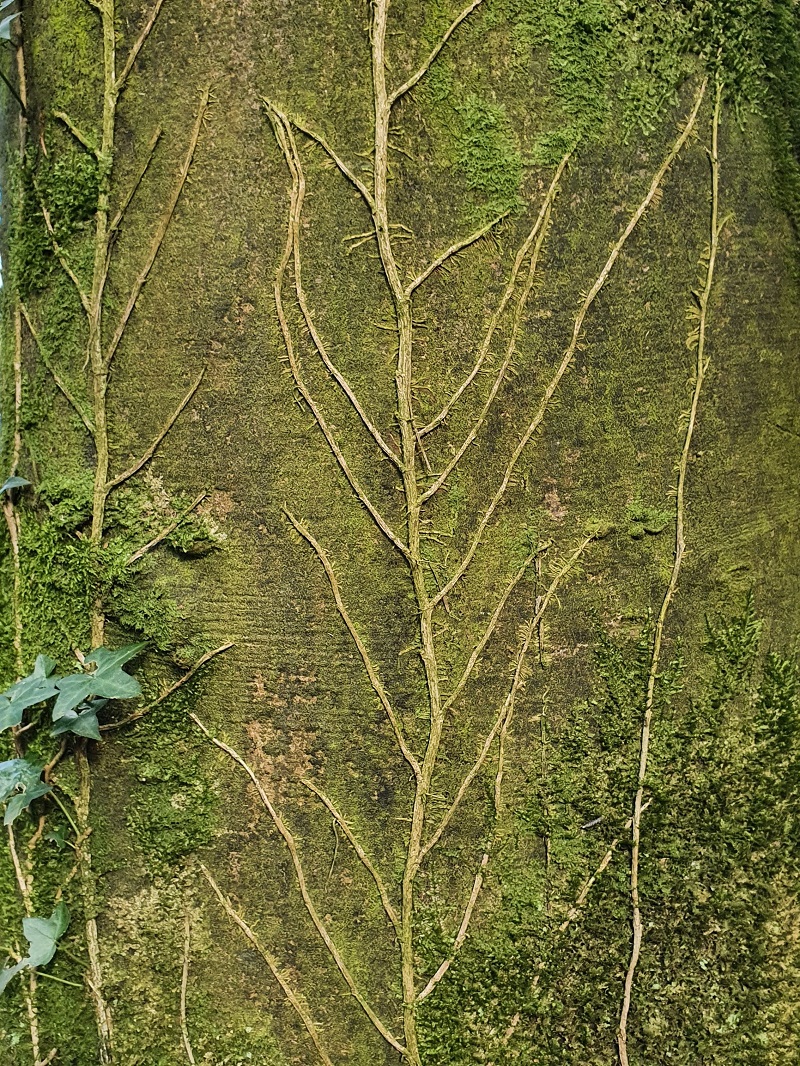
ESSENTIAL
Maybe this is all sentimental drivel and I just like trees. Either way I ended up living in a country where trees are considered sacred. At least by the mythical creatures who are supposed to live in them. Trees play a vital role in Irish folklore and mythology. Even people back then knew how essential they were for the survival of mankind.
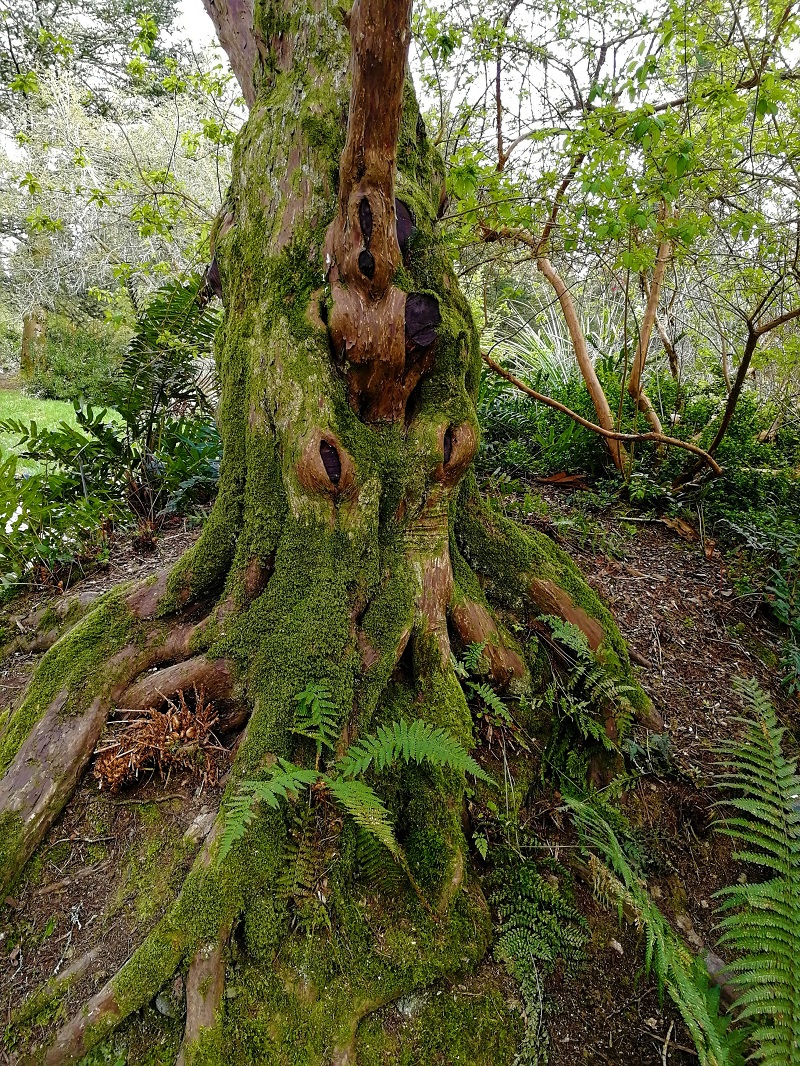
ETHYMOLOGY
You can find proof for that all over Ireland. A lot of Irish places feature tree names such as "cullen" which means holly or "deagh" for a birchy place. Places with the prefix "kil" or "kyle" refer to the Irish word "coill" for wood. The town Youghal (Co. Cork) for example means yew wood and Derry oak wood (Source: forestryfocus.ie)
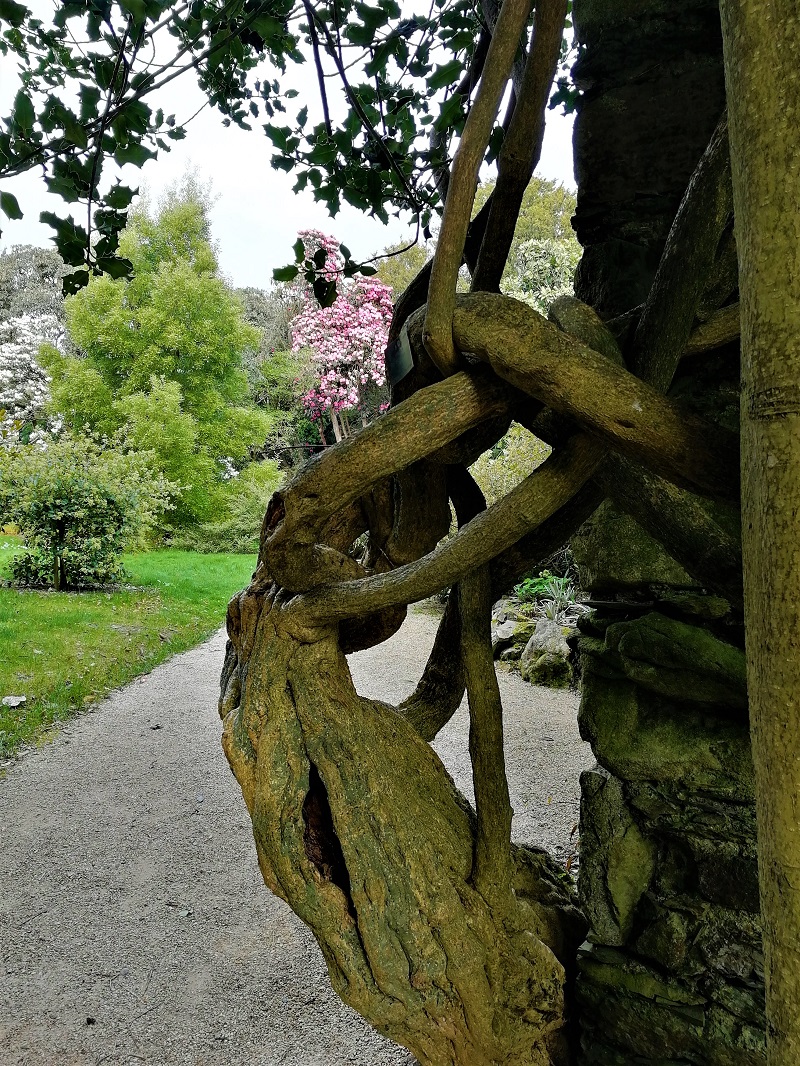
SYMBOLISM
There are three trees prevalent in Irish folklore: oak, birch and ash trees. The oak stands for kingship because of its strength and fertility. It is therefore often found near ancient royal burial sites. Birches were a Celtic symbol of love and people used to put its branches over cradles to protect their babies. Ash trees with their strong and flexible timber were symbolic of a place’s wellbeing and associated with healing, closely linked to water and wells (Source: Niall Mac Coitir "Irish Trees", Gill Books)
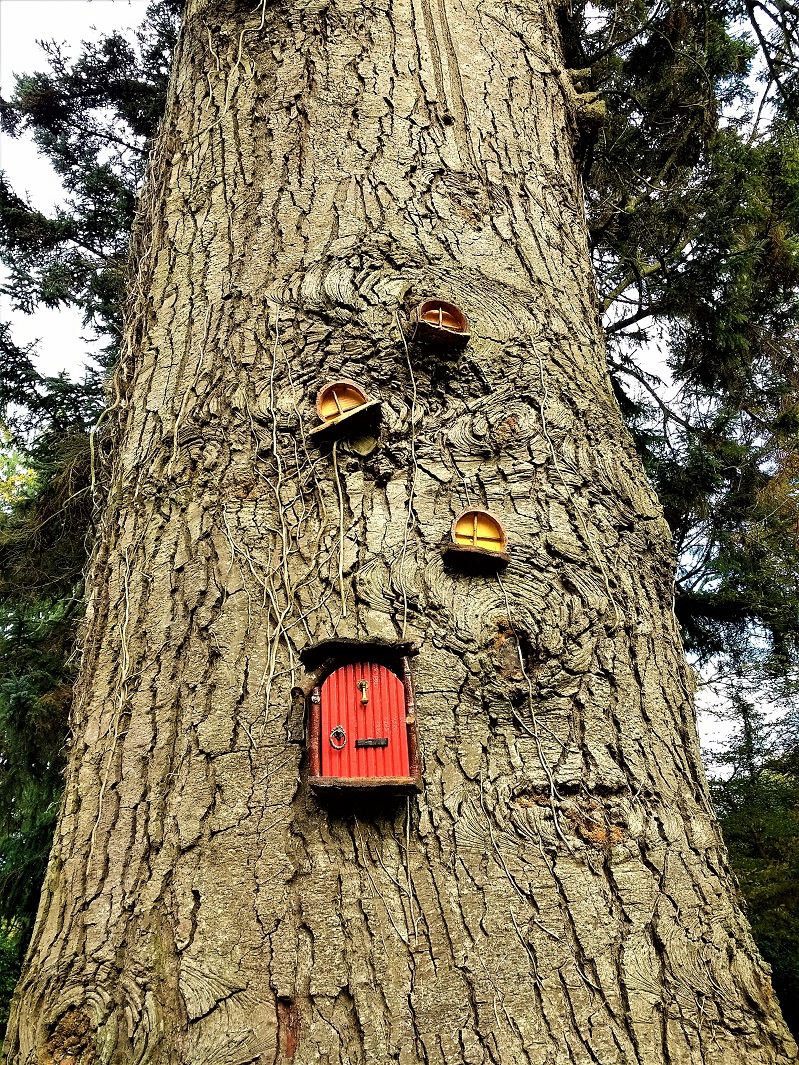
SUPERSTITION
I am not sure if it is just a cliche that Irish people are particularly superstitious. But they take their fairy trees seriously and protect them under any circumstances. A fairy tree is usually an ash tree or hawthorn standing by itself in the middle of a field or on the side of the road. The blossoms of hawthorn trees stand for misfortune. Long after the tree's 'branding', science discovered that it contains the same chemical found in early stages of human tissue decay. Enough reason for misfortune, isn't it? (Source: YourIrish.com)

LEGENDS
In the old times when people couldn’t explain certain things scientifically, they invented stories to make sense of natural phenomena. Did St. Patrick really drive the snakes out of Ireland? Was is it a giant who built the Giant’s Causeway in Northern Ireland? Probably not, but the (fairy) tales survived until today. Despite their supernatural elements, they reflect people’s deepest emotions and concerns. That makes them such a valuable cultural asset. (Source: Fiona Biggs „Pocket Irish Legends“, Gill Books)
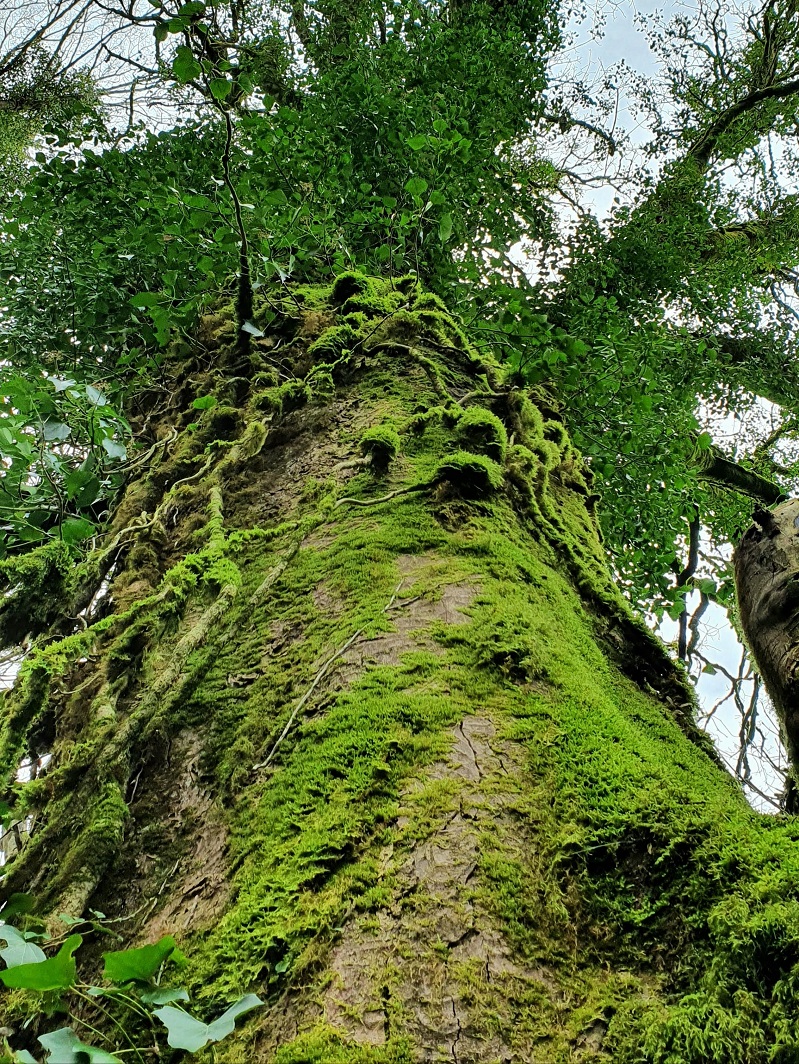
POSTER FAIRY
Nowadays they rather contribute to the merchandise industry selling Ireland as the country of storytellers and Leprechauns. Whereas this is true, the leprechaun, on the other hand, has been adapted to fit the country’s national colours. Instead of brown trousers and a red hat he is now wearing a bright green costume and a large green hat which sticks out in every souvenir shop. Originally Leprechauns were mischievous spirits and are quite nasty rather than friendly „tourism boosters“. However they know where the pot of gold is and if someone manages to catch a Leprechaun he becomes the righteous owner of the treasure. According to the legend Leprechauns are too smart to be captured. Hence the pot of gold is still hidden at the end of some rainbow.
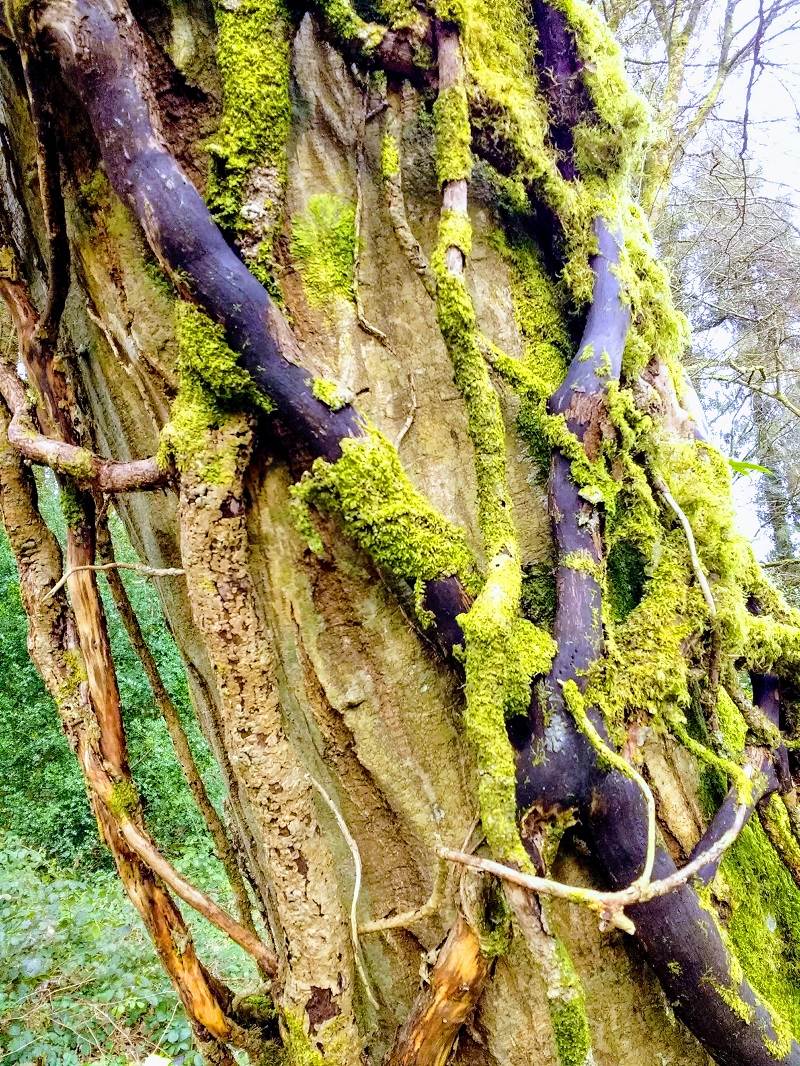
WHO IS BAN(SHE)E?
...Is probably the question to ask if a female, ghostlike spirit appeared outside your house screaming. The name Banshee derives from the Irish Bean-Sidhe and means Faerie Woman. Before she is seen, she is usually heard. People say her own death was so horrible that she is now watching over families and preparing them for their imminent bereavement of a loved one. She does that by a high-pitched wail. Some say the Banshee even helps the dying person to safely pass over to the other side. It sounds like a comforting way to leave this world (provided she has stopped shrieking by then). Without doubt a fascinating creature, but I would still prefer holding off on meeting her for another while. (Source: YourIrish.com)
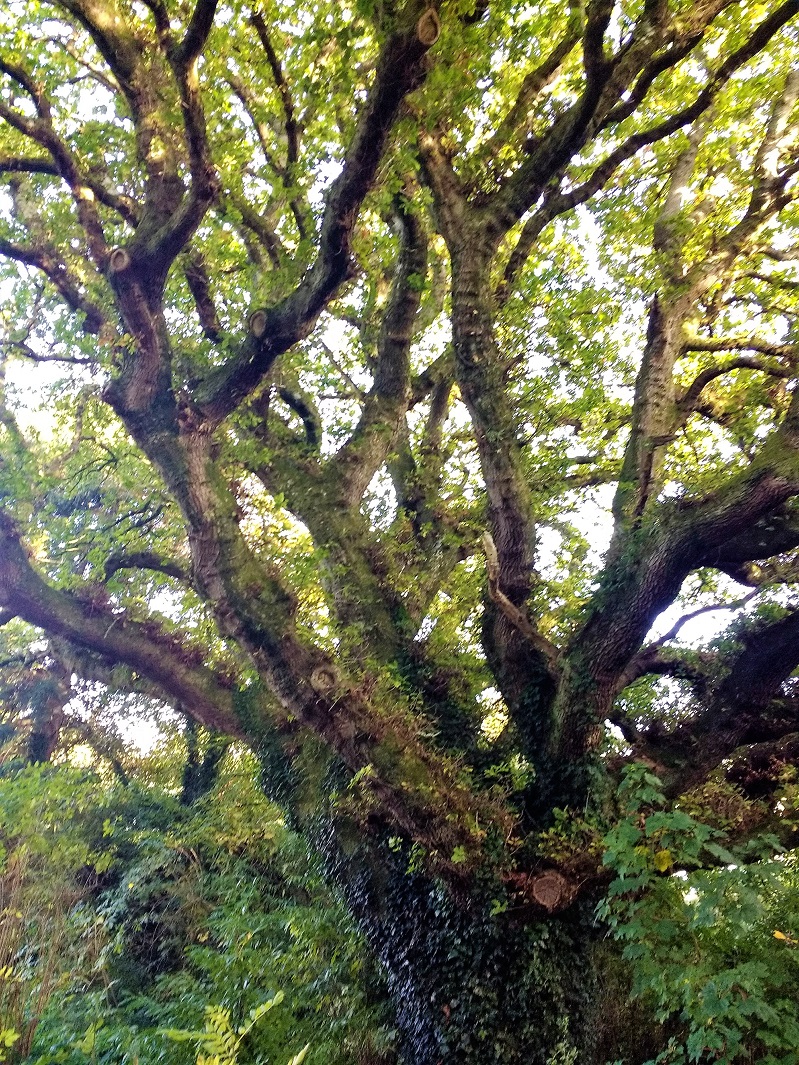
FAKE NEWS
Having read and heard a few Irish legends, in my time in Ireland, I see parallels to the Brothers Grimm’s fairy tales or other traditional folk tales. They are often quite harsh and brutal. However they always have a deeper sense or carry an enlightening message. I think that a story, no matter how much truth is in it, needs an element of drama or even a shocking eye-opener in order to educate people or make them listen. Irish legends weren't purely invented to entertain people after all. This is how people learned about heroic deeds, things to avoid and how to respect nature. I guess I wouldn't be too far off comparing them to our modern daily news in regard to their truthfulness. Not everything is 100% true, but they resonate with people. What do you think?
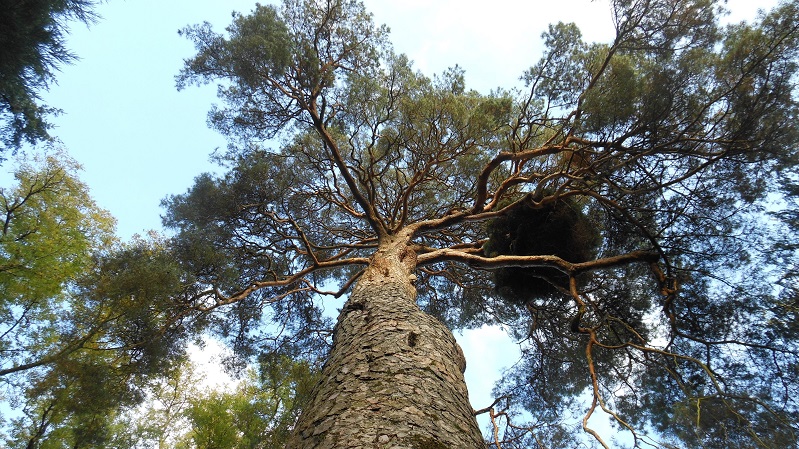


Hi Sylvia,
Beautiful interesting engaging post. The photography as really amazing.
Stay Safe
Rebecca
Thanks Rebecca! Happy to hear :-). Planning on doing more posts like that in future. Stay safe, too!